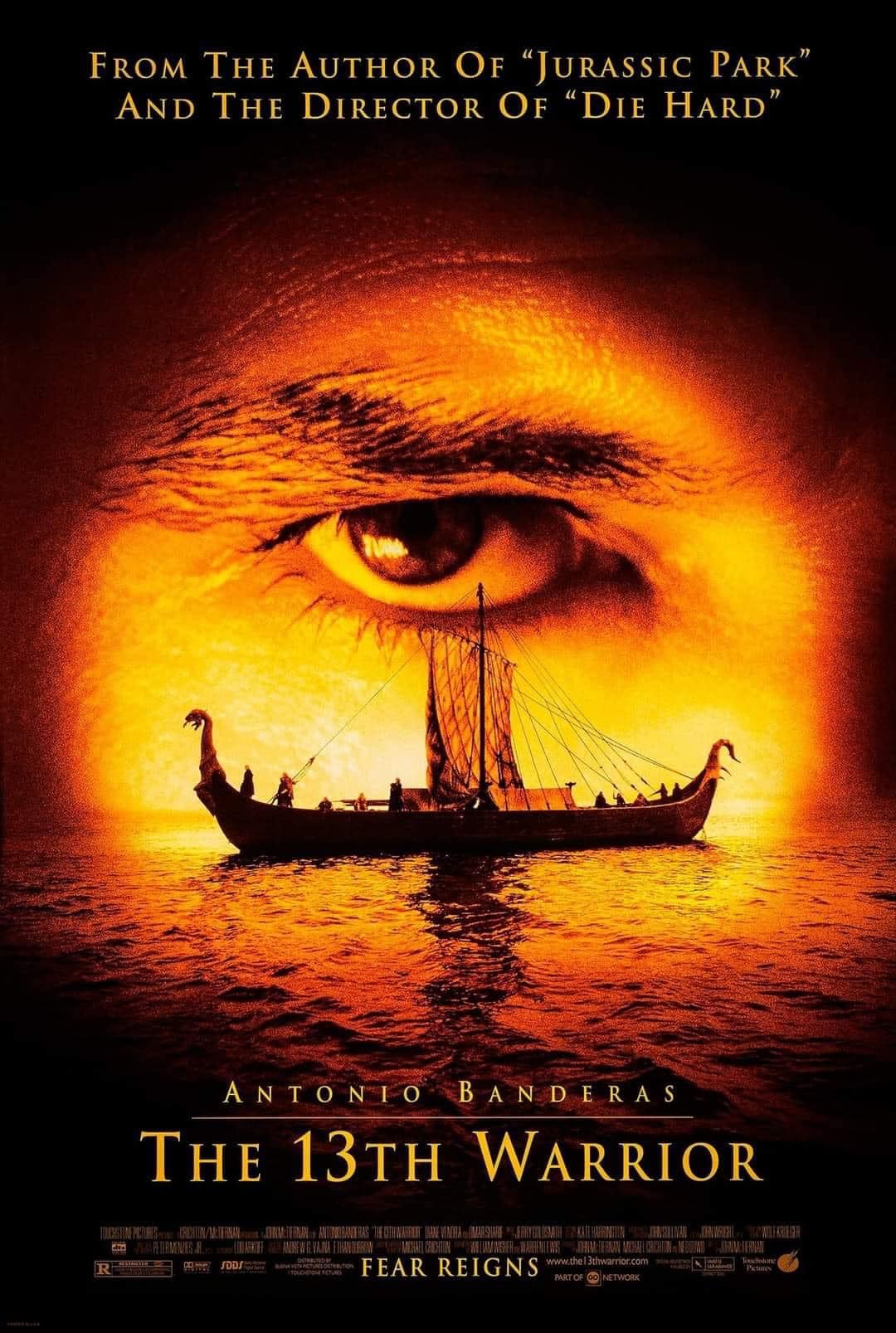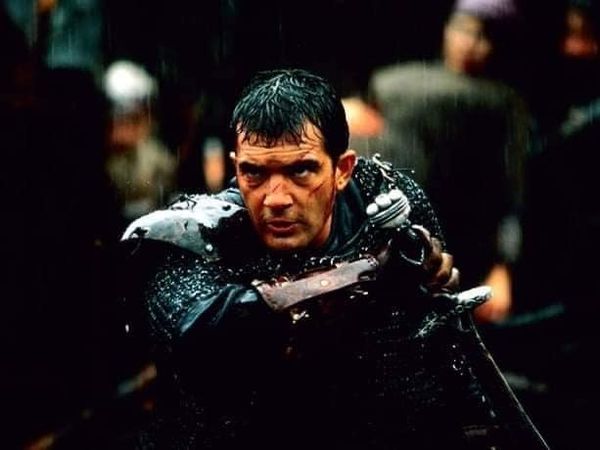The 13th Warrior (1999)

Unveiling the Depths of “The 13th Warrior” (1999): A Cinematic Exploration
In the cinematic landscape of the late 1990s, few films captured the essence of epic adventure and historical intrigue quite like “The 13th Warrior” (1999). Directed by John McTiernan and based on Michael Crichton’s novel “Eaters of the Dead,” this film offers a rich tapestry of action, culture, and heroism set against the backdrop of medieval Scandinavia.
Plot Overview
“The 13th Warrior” follows the story of Ahmad ibn Fadlan (Antonio Banderas), a learned Arab ambassador who finds himself thrust into an unfamiliar world of Viking warriors. When his diplomatic mission takes a perilous turn, he is recruited to join a band of Norsemen on a quest to combat a mysterious and malevolent force threatening their lands. As the 13th warrior in a group of twelve, Ahmad must navigate the intricacies of Viking culture and prove his worth in the face of an ominous and supernatural adversary.

Themes and Meaning
1. Cultural Convergence: At its core, “The 13th Warrior” is a profound exploration of cultural convergence. Ahmad ibn Fadlan, a scholar from a vastly different world, provides viewers with a unique perspective on the Viking era. His journey is not just a physical one but also a cultural odyssey. The film highlights the contrasts and connections between the Arab and Viking worlds, emphasizing themes of mutual respect and understanding. Ahmad’s initial skepticism gives way to admiration as he learns to embrace and respect the Viking way of life.
2. Heroism and Brotherhood: Heroism in “The 13th Warrior” transcends traditional definitions. The film portrays bravery not just in physical combat but also in the spirit of brotherhood and self-discovery. Ahmad’s transformation from an outsider to a respected warrior underscores the importance of courage, loyalty, and unity in the face of overwhelming odds. The camaraderie among the Vikings, despite their rough exterior, becomes a central element in the film’s narrative, illustrating that true heroism often lies in collective strength and mutual support.
3. The Supernatural and the Unknown: A significant aspect of the film is its blending of historical and supernatural elements. The mysterious threats faced by the Vikings are not merely physical but also deeply rooted in ancient fears and legends. The film skillfully integrates Norse mythology with its narrative, creating an atmosphere of suspense and wonder. This interplay between reality and myth serves to heighten the stakes and deepen the thematic richness of the story.

Visual and Narrative Craftsmanship
John McTiernan’s direction, coupled with a gripping screenplay, brings an authentic and immersive experience to the audience. The film’s cinematography captures the stark beauty of the Scandinavian landscape and the raw intensity of the battle scenes. The attention to historical detail and the evocative use of practical effects contribute to the film’s atmosphere, drawing viewers into a world where history and legend intertwine seamlessly.
Conclusion
“The 13th Warrior” stands out as a compelling fusion of historical drama and mythic adventure. Its exploration of cultural intersections, heroic ideals, and the supernatural offers a rich and engaging narrative experience. Through the eyes of Ahmad ibn Fadlan, the film invites viewers to embark on a journey of discovery, bravery, and unity, making it a timeless tale of epic proportions. Whether through its action-packed sequences or its thoughtful portrayal of cultural exchange, “The 13th Warrior” remains a noteworthy cinematic achievement that continues to captivate audiences with its depth and grandeur.











